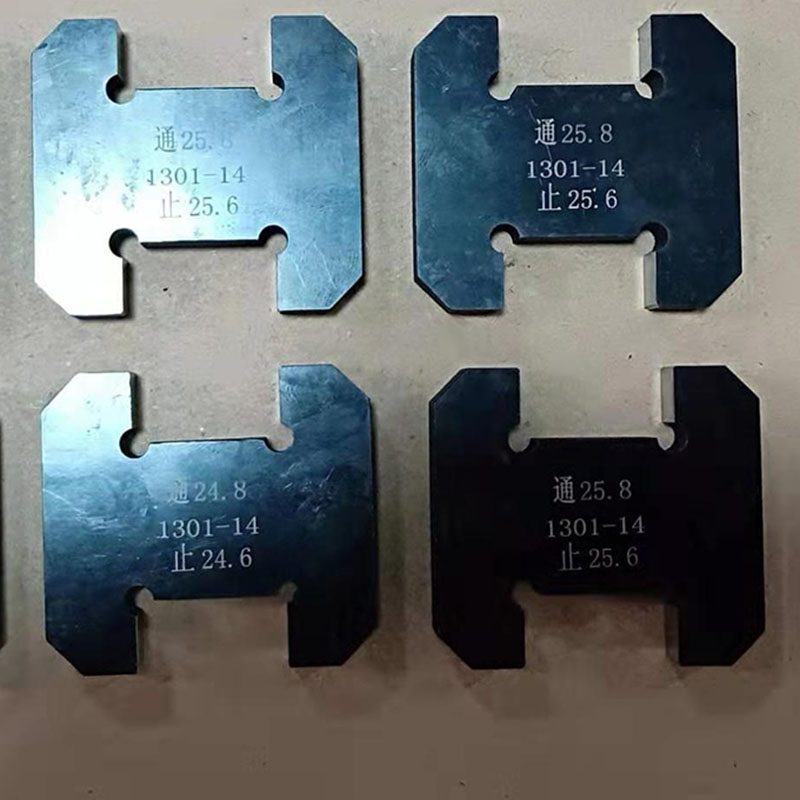නොවැ. . 12, 2024 09:12 Back to list
water main valve
Understanding the Role of Water Main Valves in Urban Infrastructure
Water is one of the most essential resources for any community. It is vital for drinking, sanitation, agriculture, and various industrial processes. The intricate web of pipelines and distribution systems that deliver this precious resource is supported by numerous components, one of which is the water main valve. In this article, we will explore the significance of water main valves, their functions, and their impact on urban infrastructure.
What is a Water Main Valve?
A water main valve is a critical component of a municipal water distribution system. It is typically installed at various points along water mains to control the flow of water through the pipes. These valves can be manually operated or automated and can either open or close the flow of water to different segments of the system. In many cases, valves are located strategically to isolate sections of the pipeline for maintenance or repair without disrupting the entire water supply to the community.
Functions of Water Main Valves
Water main valves serve several important functions. First and foremost, they allow for the isolation of pipe sections during maintenance or repairs. When a leak or break occurs, maintenance crews can quickly close the valve to prevent water loss and redirect the flow, minimizing disruption. This capacity for rapid response is crucial in maintaining the overall efficiency and reliability of the water distribution network.
Additionally, water main valves are vital for controlling pressure within the system. If pressure becomes too high, it can lead to pipe bursts and significant infrastructure damage. Valves can be adjusted to relieve excess pressure, ensuring that the system operates within safe parameters.
Another essential function of water main valves is their role in managing water quality. By isolating sections of the pipeline, valves help prevent contaminated water from entering the system in case of a compromise, such as a pipeline break. This ability to control flow and isolate areas is integral to maintaining the public's health and safety.
water main valve

Types of Water Main Valves
There are several types of water main valves, each suited for different applications. The most common types include gate valves, globe valves, ball valves, and check valves.
- Gate Valves are typically used for on/off service and are favored for their low friction loss. They operate by raising a gate to allow water to flow and lowering it to stop the flow.
- Globe Valves offer greater control over flow rate compared to gate valves. They are often used in applications where regulation of flow is necessary.
- Ball Valves provide quick shut-off capabilities and are excellent for high-pressure applications. They have a spherical disc that, when turned, either allows or blocks the flow.
- Check Valves are designed to prevent backflow, ensuring that water flows in only one direction. This is critical to maintaining system integrity and protecting the water supply.
Conclusion
Water main valves are an indispensable part of the infrastructure that supports the delivery of clean, potable water to communities. Their ability to control the flow, isolate sections of the pipeline, and maintain pressure plays a crucial role in ensuring a reliable water supply. As urban populations continue to grow and the demand for water increases, maintaining and upgrading the water distribution systems will become ever more critical. Understanding the importance of water main valves not only highlights their role in our daily lives but also emphasizes the need for infrastructure investments to sustain our water resources for future generations.
-
Why Metric Trapezoidal Thread is Ideal for Precision Motion ControlNewsAug.05,2025
-
The Unique Properties of a Block of Granite for Industrial UseNewsAug.05,2025
-
The Role of Flanged Y Strainers in Preventing Pipeline ClogsNewsAug.05,2025
-
The Importance of Regular Calibration for Master Ring GagesNewsAug.05,2025
-
How a Cast Iron Surface Table Enhances Accuracy in ManufacturingNewsAug.05,2025
-
Comparing Different Check Valve Types for Optimal Flow ControlNewsAug.05,2025
Related PRODUCTS









